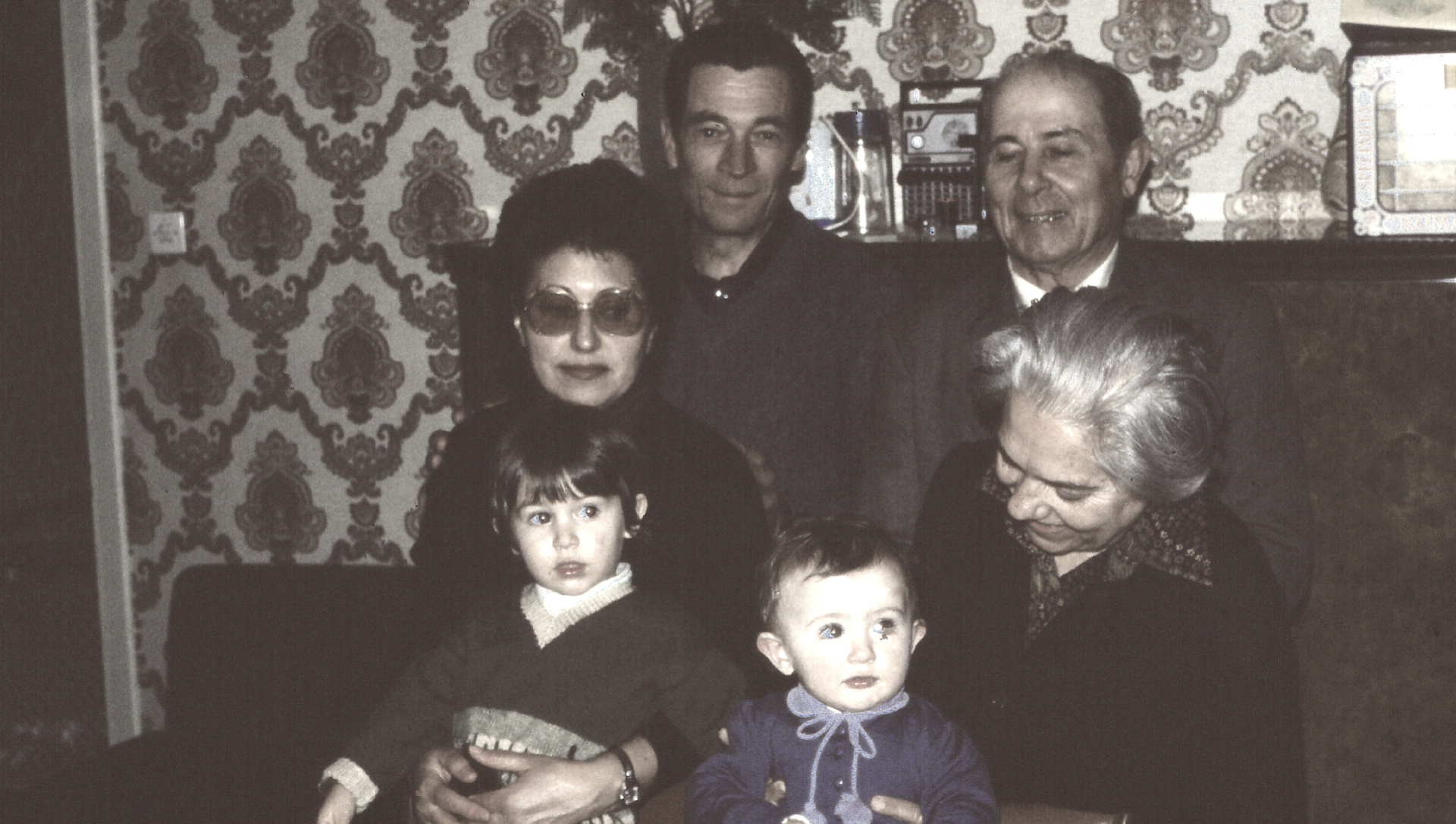We were eating every lunch everyday at my grandmother place because my parents were both working. We were all very happy to have lunch at her place and went back every day.
The food was just an excuse.
And it was perfect.
Posts By
irenesacchi
The TYPO3 CMS dashboard
Imagine an evening after work, you are finally home, you put your keys in the door lock and open the door. It will take you around 3 seconds to understand all the tasks you need to do before you can sit down and call it a day. Dishwasher, washing machine, dinner, homework, cleaning the table, what is that? A message from my husband.
Keep calm and freak out – How to deal with fear in the digital era
– 4 basics rules to reassure your user. –
My husband called me the other day: “Irene, stay calm…” he told me. It took me around 2 seconds to have my bag ready and to leave my office with a checked heartbeat of 170.
When sunglasses and sharp knives share feelings — a Case Study
They are not selling their sunglasses in a shop. Where they should pay a fee to the shop, send an amount of sunglasses all over the world in order to sell just a part of it. No. They are dreamers. Like you and me.
3 buttons kids UI
Behind this single Box were a lot of user interface thoughts. How to make it interesting, easy and useful for every kid. But in this case the voice was asking my kids to stand still and listen. Listen until the end.
Great Expectations
It’s night. Everything is dark and we hear noises. We want to turn on the light and instead of the switcher we find a post-it telling us about the history of the light-switcher and how cool and highly intelligent our engineers are. Not nice? Why do you do that to your user?





